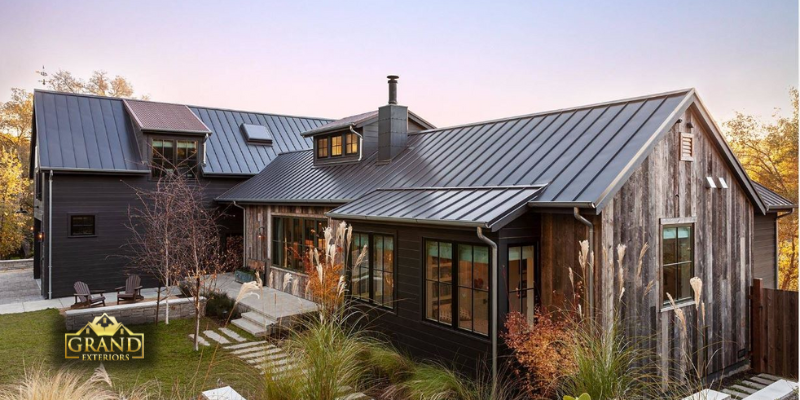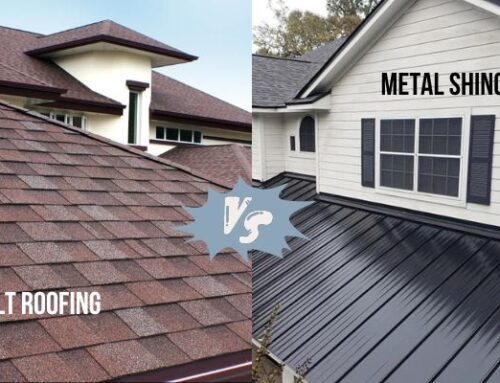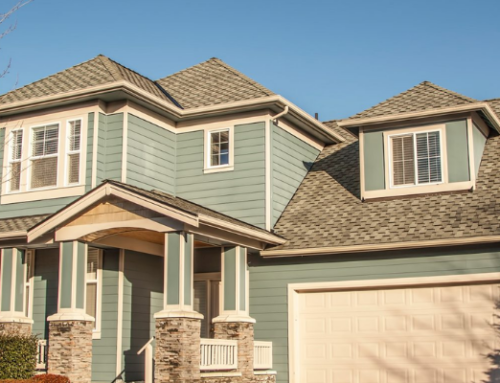The choice of roof is one of the most important decisions you make for your home or store. It ought to be something that protects you, is reliable, pretty to look at, and inexpensive. Factors such as climate, slope of the roof, personal taste, and lifespan must be considered to make the right selection and fit within your budget.
When installing a new roof or replacing an old one, choosing the right material is essential. There are all kinds of possibilities with modern technology. However, you have to be aware of the characteristics of the various roofing materials available so that you can select the appropriate materials for your project.
Here are different types of residential roofing materials and their benefits:
1. Asphalt shingles
The asphalt shingle is a popular material for residential roofs for various reasons. They are cheap and economical for homeowners. Asphalt shingles offer good protection, and while they are not expensive, they are highly cost-effective.
Another advantage is the ease with which they may be installed. Asphalt shingles can be easily installed by roofers, taking advantage of labor savings and shortening the timespan of renovation as well. It is this simplicity that makes repairs easier.
Another consideration is durability. Shingles made of asphalt are known to last in all kinds of climatic conditions. They are resistant to wind, water, and UV rays. Their protection is long-standing. Furthermore, manufacturers tend to build in some advantages, such as algae resistance, making their looks gradually increase.
Asphalt shingles are aesthetically versatile, and available in a variety of colors and styles, so they may be used under architectural preferences. Moreover, asphalt shingles are fairly light, which puts less stress on the house.
2. Wood shakes
Wood shakes, which can be taken from such woods as western red cedar, cypress, pine, and redwood, are particularly good for residential roofs. The wood shakes are made by splitting logs and reshaping them, with a very different appearance than traditional shingles.
An important benefit of wood shake roofs is that they give the home a warm, natural appearance that adds to its charm. Besides the visual appeal, wood shakes also have useful features. Fire retardants and chemical preservatives are applied to most wood shakes, making them resistant to fire and rot.
This treatment not only prolongs the life of the roof material but also makes it more resistant to moisture. With the addition of these treatments, wood shakes become an environmentally friendly choice because the wood comes from renewable sources. Since wood is itself a good insulator, it helps to buffer extreme temperatures for residential structures.
As a result, wood shakes do need to be maintained from time to time to remain in good shape. This is because the double helix’s blend of beauty, environment-friendliness, and utility make them a special residential roofing material.
3. Metal Roofing
Residential roofing has recently become a big market for metal roofing due to its many benefits. A particularly good feature is durability. These metal roofs hold up against rain, snow, and wind, can last a long time, and require little maintenance. Their resistance to fire makes them safer for use in homes too.
It is also energy-efficient, because metal reflects the heat of the sun, and roofs will not absorb too much heat. Also, most metal roofing products are easily recycled, which makes them favorable in terms of sustainability.
Metal roofs can be installed faster and more simply than other materials, saving time and money. Additionally, metal is lightweight, making the installation process more convenient. To offer homeowners aesthetic diversity, metal roofing comes in several different styles and colors.
4. Slate roofing
Slate roofing is one of the top-quality options for residential buildings. The slate tiles, quarried from metamorphic rock, are virtually indestructible, lasting on average more than a century, and can be considered economical in the end. This composition makes it resistant to extreme weather, fire, and frost, making the natural stone a sure-fire success as a roofing material.
Coming in all shapes and textures, slate tiles are compatible with almost every type of building and are an elegant addition to residential buildings. Also, slate does readily absorb water, and is not prone to mold and algae growth, so the roofs are low maintenance.
In addition, slate is environment-friendly in itself. Its longevity saves the bother of frequent replacement, and thus has minimal impact on the environment. Though upfront costs may be higher than other materials, the advantages of the slate roof make it by far the most sustainable and elegant option for homeowners looking for a durable roof.
Conclusion
The different materials for residential roofs allow homeowners to choose from a variety of aesthetic as well as practical combinations. Be it for the traditional look of asphalt tiles, the environmentally friendly choice of metal roofs, or the rustic feel of wood shakes, every material has its benefits, enabling individuals to choose what best suits their preferences and functional requirements.




